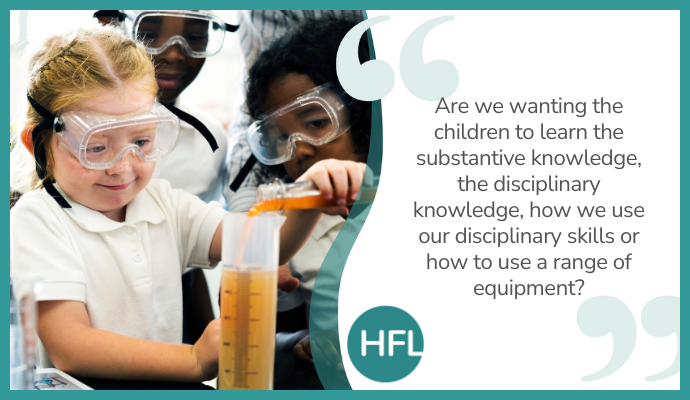
In our last entry, we looked at the continuous loop of planning, teaching and assessing:
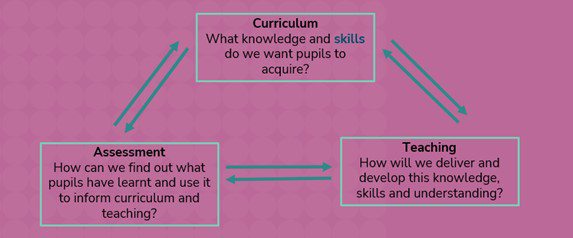
We focused on the planning side of things – ensuring our learning intentions were hyper-focused to ensure we knew exactly what we wanted the children to get out of the lesson. So, it makes sense to think that our next step is ensuring that the tasks we are asking the children to record demonstrate an understanding or application of the intended focus.
But, what does this look like? At the forefront, these outcomes should be closely linked to the learning intention. Any recording completed by the children should demonstrate what the children have learned not just what they have done. This is particularly true when completing a practical activity.
What’s the purpose?
This again brings us back to that part of the learning cycle that allows teachers to think why they are teaching this particular lesson. We need to think not just about the objectives but also about the purpose of each lesson. Are we wanting the children to learn the substantive knowledge (learning about concepts for example), the disciplinary knowledge (using working scientifically skills to answer an enquiry question), how we use our disciplinary skills or how to use a range of equipment?
How many foci can we have in a lesson?
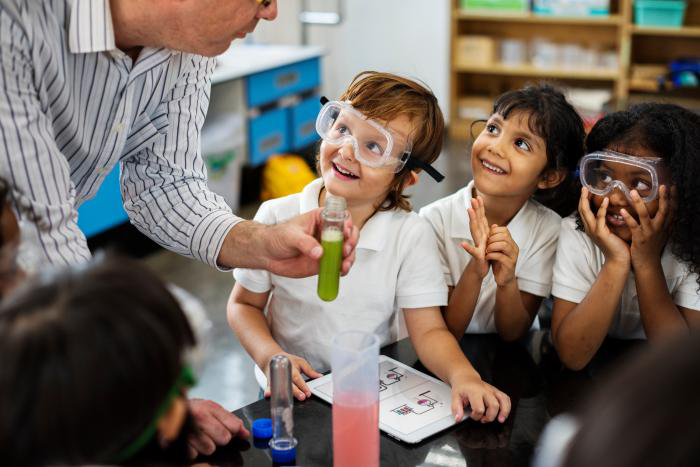
It is ok to have more than one focus (science requires a great number of skills) but we should limit the number of foci in each lesson in order to ensure the outcomes are solid. Too many foci and our students will lose sight of those key learning intentions. In fact, research suggests that too often, the activities that children were completing were not actually strengthening their grasp of the specific concept (Intention and Substance Further Findings on Primary Science (2019). Sometimes the focus was too broad, sometimes the children were expected to complete too many things in each session, so the actual focus was a bit of a muddle and sometimes it was because the children didn’t actually understand the underlying concepts required (substantive) in order to recognise what the practical activity was showing them.
What we can take from this is that practical work must be connected to learning!
When it comes to recording, we have two areas to assess the children against – the substantive knowledge and the working scientifically skills.
Assessing working scientifically
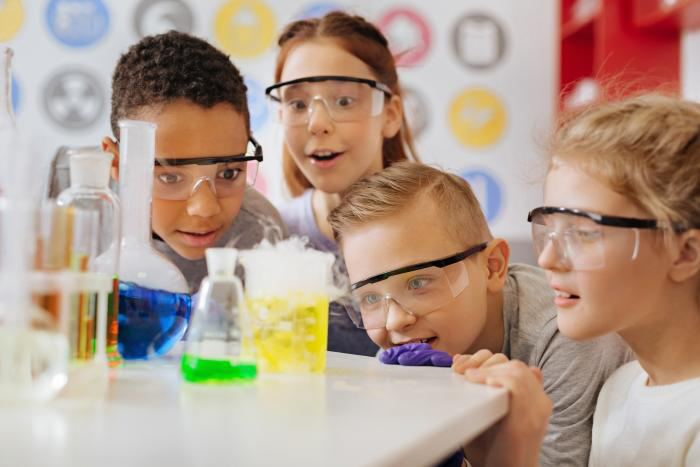
Assessing working scientifically (although seemingly more challenging to ensure coverage, tracking and progression across an entire school) is quite straightforward in terms of assessment in each lesson. By planning and carrying out different investigations (with clear intentions on the working scientifically skill that is the focus of each lesson), teachers can assess against the national curriculum descriptors quite easily. The challenging part is ensuring children are given multiple opportunities across multiple strands to show their ability to meet these requirements (and that they’ve been taught how to use these skills effectively – again this comes back to intention and planning).
Assessing the Substantive
Assessment of the substantive can be a bit more open-ended and creative if we want it to be. Science as a core subject is a bit luckier in terms of recording as we are not pigeon-held into having to record in particular ways. Thus, the barrier of recording in written formats that some children truly struggle with doesn’t hold true for science. We can be more creative in the ways in which we ask our children to record. Yes, we can link science with literacy and mathematics and create posters, adverts, graphs, tables and the like as seen here:
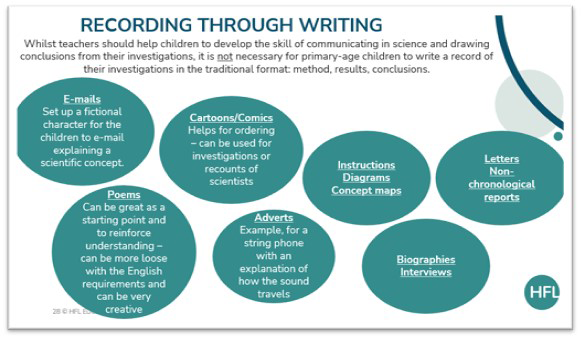
but equally we can scaffold and allow for children to verbally or visually express their understanding in ways that tear down barriers that can prevent children from recording what they know.
Some examples can be found here:
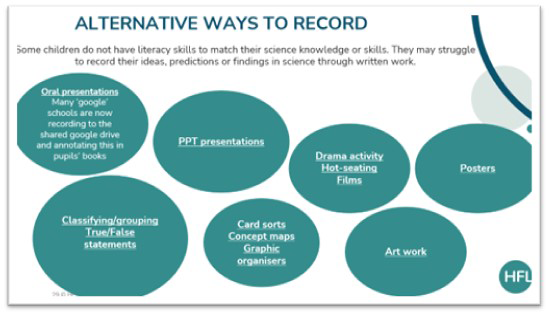
This then gives teachers a very real way of understanding what their children know and can show.
There are many further examples of how to record creatively in our ‘Developing Young Scientists Bundle’ resources.
To conclude this part of our assessment in primary science series, I challenge you and your staff to think about how your children currently record their understanding. Do the children enjoy the opportunity to show what they’ve learned or is it constrained and prescriptive? Let’s allow them the opportunity to put pride in showing what they know.
Voices from the Classroom
Our new blog series, Voices from the Classroom, allows primary science teachers to share particularly effective practical experiences they have had with their classes. It’s a great way to showcase what your school is doing and written guidance and examples are available for those of you wishing to participate.
If this is something you would be interested in participating in, please e-mail Charlotte Jackson charlotte.jackson@hfleducation.org


